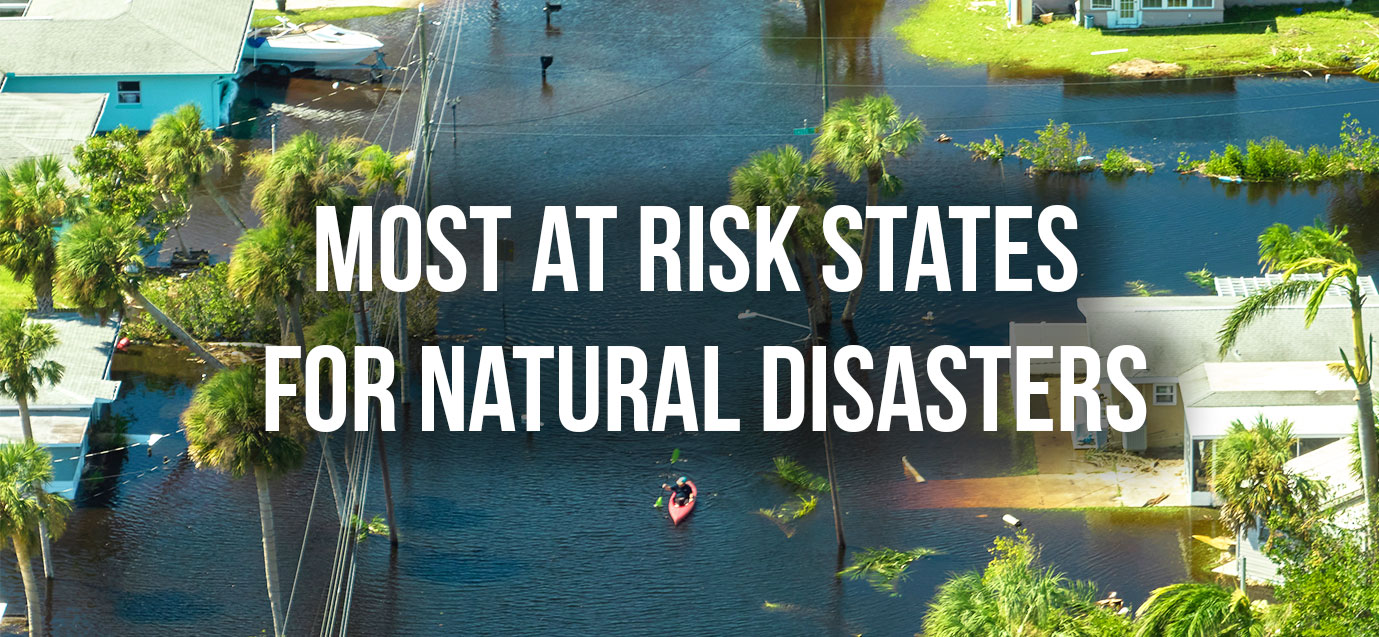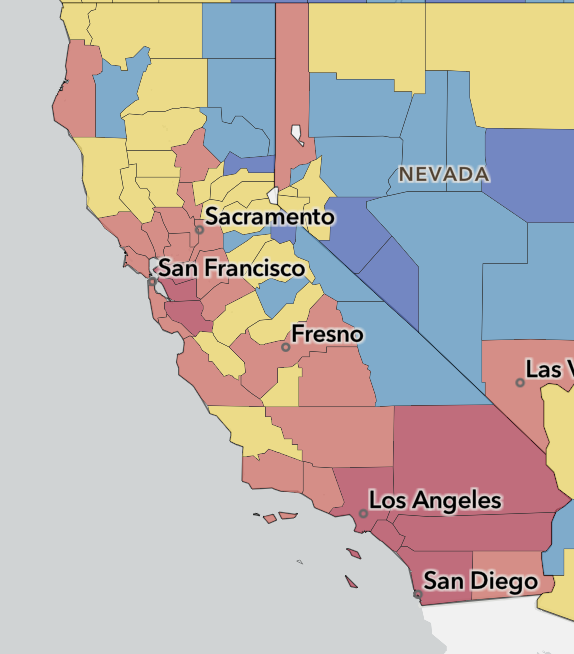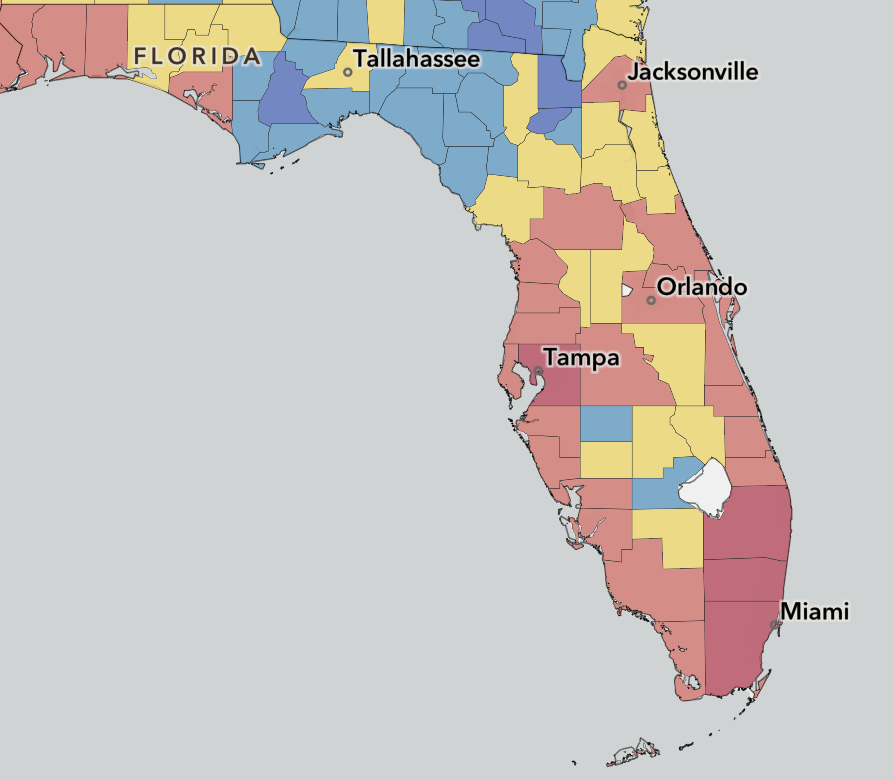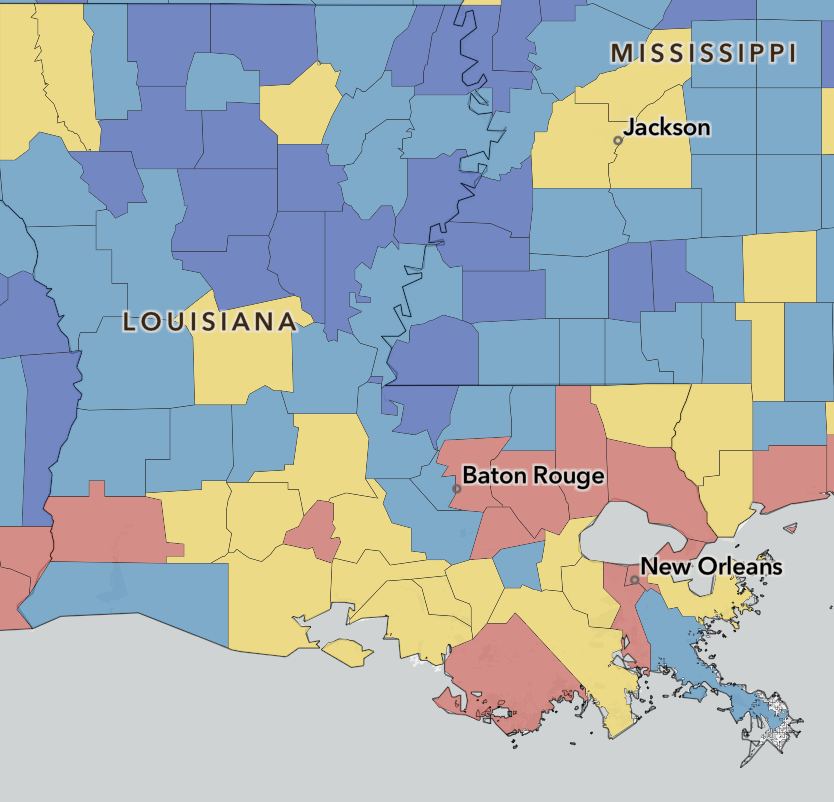
Most at Risk States for Natural Disasters
Tuesday April 11, 2023
Most at Risk States for Natural Disasters: Based on Risk Index
The initial threat of a natural disaster occurring is the tip of the iceberg. What happens to a community after the storm passes?
According to FEMA, in order to calculate a region’s risk index, its social vulnerability, community resilience and expected annual loss must be accounted for. These variables make up the risk index of an area.
Social vulnerability deals with a group’s ability or inability to withstand impacts to their environment. A group with low social vulnerability would bounce back quickly from a negative impact on their environment while a group with high social vulnerability would be more likely to struggle getting back on their feet. Community resilience is the ability or inability of a community to adjust and recover from a stressful event. Expected annual loss is the money lost each year from things like natural disasters.
Based off FEMA’s National Risk Index interactive map, California, Florida, Texas and Louisiana rank high for risk.
California’s very high social vulnerability paired with its high population density results in a very high risk index. They are prone to numerous natural disasters like earthquakes, floods, tornadoes, wildfires, landslides and heat waves that pose threats to California communities.

Florida’s low community resilience and susceptibility to hurricanes, floods and tornadoes leads to a relatively high risk index.

Texas’ low community resilience and history of cold waves, heat waves, floods and tornadoes leads to a relatively high risk index, especially on the Gulf Coast.

Louisiana’s high social vulnerability and predisposition to hurricanes and tornadoes results in a relatively high risk index for its southeastern region.

Although natural disasters cannot be stopped, increasing community resilience and decreasing social vulnerability results in a lower risk index for American counties.